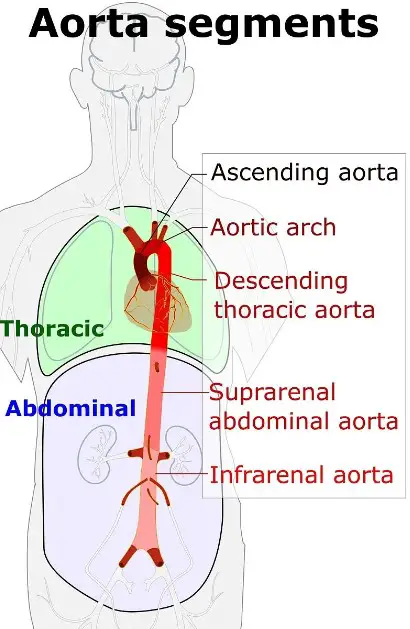The human cardiovascular system is made up of a complex network of vessels and organs that work together to deliver oxygen-rich blood to the body’s cells. Two of the most important components of this system are the aorta and arteries. While many people use the terms interchangeably, there are significant differences between aorta and arteries.
While many people use the terms interchangeably, there are significant differences between aorta and arteries. In this blog, we’ll explore the anatomy and functions of aorta and arteries, so you can better understand the differences between them.
Definition of aorta
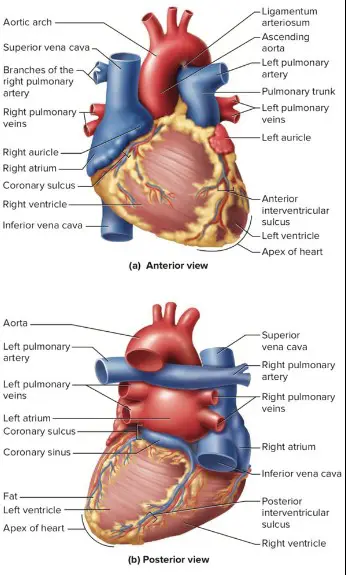
The aorta is an important part of the human circulatory system and is the main vessel that carries oxygen-rich blood away from the heart. It is the largest artery in the body and is a direct continuation of the left ventricle of the heart. The aorta is distinct from other arteries in the body in that it carries oxygenated blood, while other arteries carry deoxygenated blood.
It is also different in that it is the only artery that begins at the heart, while others begin near the aorta. The aorta is a thick-walled and elastic vessel, allowing it to withstand the pressure of the pumping heart.
It is also responsible for delivering oxygenated blood to the entire body, making it a vital organ.
Definition of artery
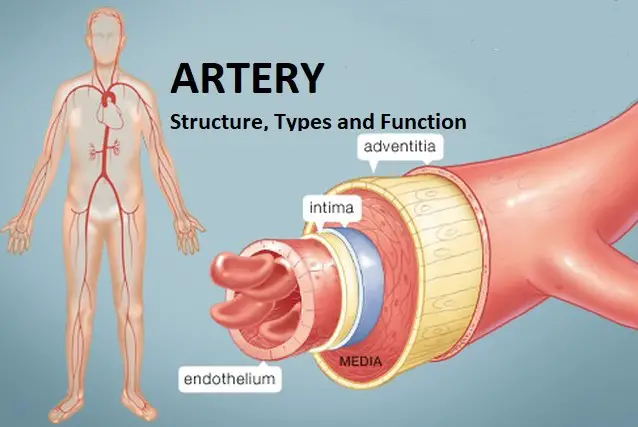
The difference between an aorta and an artery is often misunderstood. An aorta is the largest artery in the human body and is responsible for carrying oxygen-rich blood from the heart to other parts of the body.
While an aorta is the largest artery, other arteries in the body vary in size, branching out from the aorta to carry oxygen-rich blood to the rest of the body. In short, the aorta is the main artery in the body, while the other arteries are smaller vessels that branch off from the aorta, carrying oxygen-rich blood to the organs, tissues, and cells.
Anatomy of aorta
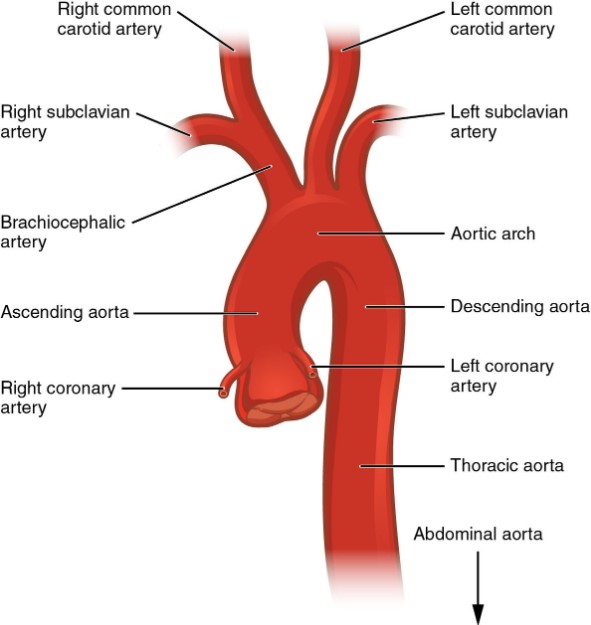
The aorta is the largest artery in the human body—but what is the difference between aorta and artery? An artery is a type of blood vessel that carries oxygenated blood away from the heart to the body’s tissues. The aorta is a specific type of artery that is the largest in the body and is responsible for distributing oxygenated blood to the entire body.
The aorta is a specific type of artery that is the largest in the body and is responsible for distributing oxygenated blood to the entire body. The aorta is a muscular tube that is divided into several smaller arteries, which branch off to supply different organs, muscles, and tissues. It is also the largest artery in the body, measuring around 4 inches in diameter and running through the chest and abdomen.
The aorta is essential for life and provides our bodies with the oxygenated blood it needs to survive.
Anatomy of artery
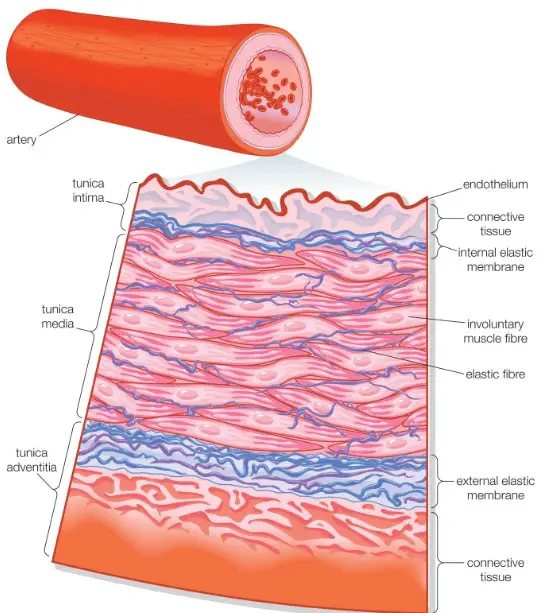
The human body is an incredible system of interconnected arteries, veins, and organs that work together to keep us alive and healthy. While the body’s vascular system plays an important role in circulating blood throughout the body, the two main arteries, the aorta and the artery, differ in a number of ways. The aorta is the largest artery in the human body, running from the heart to the abdomen, where it divides into smaller arteries that extend to other organs.
The aorta is the largest artery in the human body, running from the heart to the abdomen, where it divides into smaller arteries that extend to other organs. On the other hand, arteries are the vessels that branch off from the aorta and transport oxygen-rich blood from the heart to the rest of the body. While both are essential for circulation, the aorta is responsible for supplying the body with the majority of its blood and oxygen, while arteries carry only a small fraction of the total.
Difference between aorta and artery
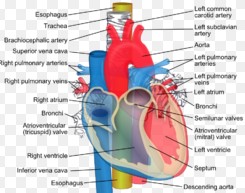
The aorta and the artery are both part of the cardiovascular system. While they are similar, there are some key distinctions between them. The aorta is the largest artery in the body and is responsible for carrying oxygenated blood from the heart to other parts of the body.
An artery is any vessel that carries oxygen-rich blood away from the heart and to the rest of the body. The aorta is the main artery, while the other arteries are branch arteries.
The aorta is the thickest and most muscular of all the arteries, and has a greater capacity for carrying blood than any other artery. Additionally, the aorta is the only artery that carries oxygenated blood away from the heart. On the other hand, the other arteries carry oxygen-rich blood to the body’s organs and tissues.
Ultimately, the key difference between the aorta and arteries is the size and function, as the aorta is the largest artery and it carries oxygenated blood away from the heart while the other arteries carry oxygen-rich blood to the body’s organs and tissues.
Summary: differences between aorta and artery
When it comes to our circulatory system, the terms “aorta” and “artery” are often used interchangeably. However, there are some key differences between the two. The aorta is the largest artery in the body and is the main artery that carries oxygen-rich blood from the heart.
The aorta is the largest artery in the body and is the main artery that carries oxygen-rich blood from the heart. On the other hand, an artery is a type of blood vessel that carries oxygen-rich blood away from the heart. While all aortas are arteries, not all arteries are aortas.
The aorta is also thicker and larger than other arteries in the body, making it the most important artery in the body.
Conclusion
In conclusion, the main difference between an aorta and an artery is that the aorta is the largest artery in the body while other arteries are smaller and branch off from the aorta. The aorta is responsible for carrying oxygenated blood away from the heart to the rest of the body, while other arteries help to carry that oxygenated blood to the smaller organs and tissues. Additionally, while the aorta is a thick-walled vessel, other arteries have thinner walls.
Additionally, while the aorta is a thick-walled vessel, other arteries have thinner walls.

